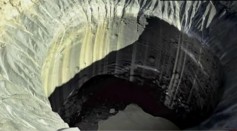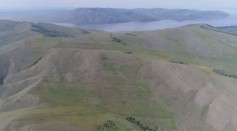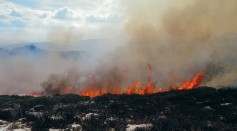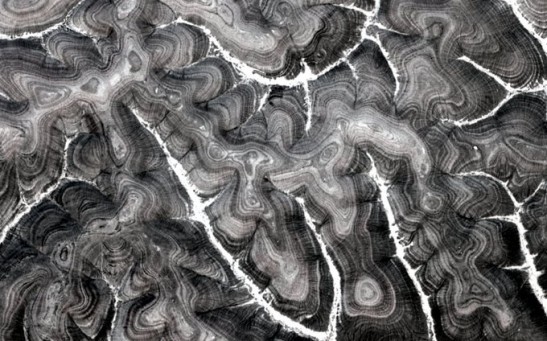Siberia

Scientists Uncover the Mystery Behind the Massive Craters in Siberia

Russian Archaeologists Create a 3D Model for a Section of the Tepsei Site

A Recent Study Illustrates Actual Extent of Damage from Arctic Pollution
Siberian Permafrost Perfectly Preserves Cave Bear
Preserved Ice Age Puppy Apparently Ate a Woolly Rhino Before It Died

’Extreme Climate Events Have Caused the Warmest Temperatures in the Arctic
Siberian Cat is Fitted with Prosthetic Paws After Frostbite
Newly Studied Fossil Shines Light On a Rare Human Species
Scientists Claims Climate Change That Wiped Out 95% of Life on Earth Before Dinosaurs Came
Around 30,000 Old Frozen Virus In Siberia Returns
Should Mysterious Craters in Siberia Be Cause for Concern?
Massive Crater in Siberia Sparks Conversations of UFOs and Bermuda Triangle
Most Popular

How Technology Is Changing the Real Estate Industry?

Nikolay Karpenko Biography, Photo, Career, Accomplishments

How a Plant-Based Diet Can Protect Against Breast Cancer: Insights from Nutrition Research

The Role of AI in the Next Generation of Logistics: Insights from Tobias Waldhecker






